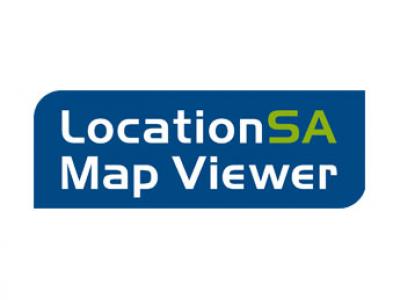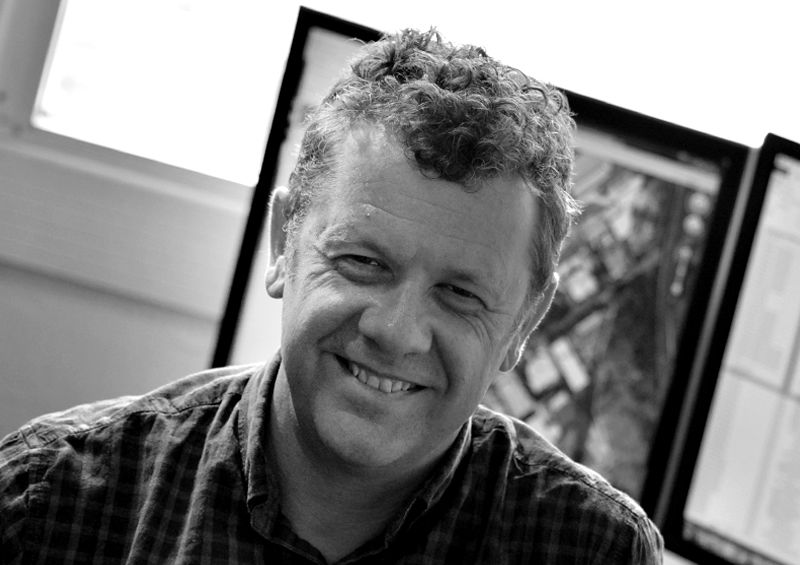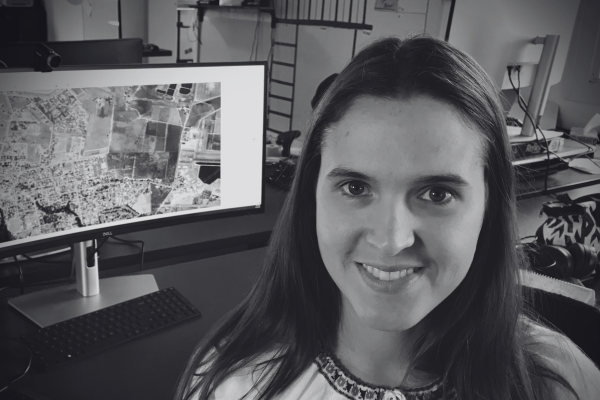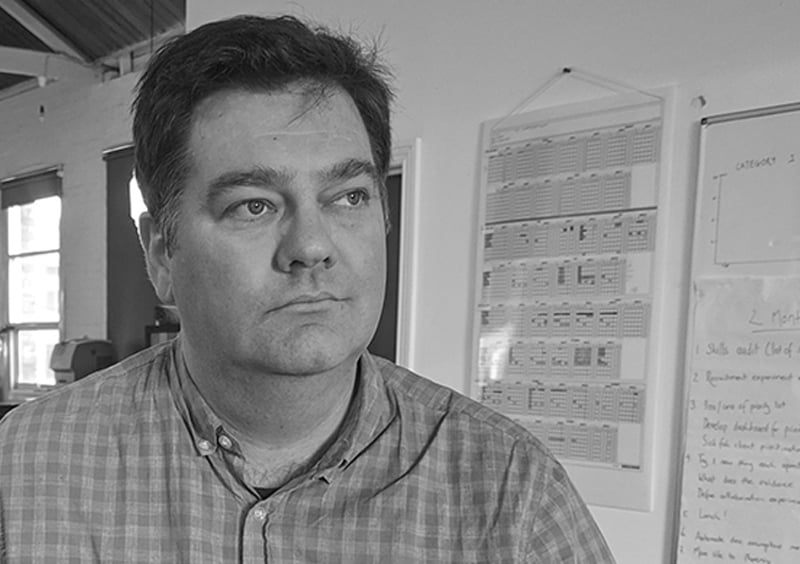2023 POPULATION FORECAST REVIEW
Adelaide - Central and Hills,
SA4 Region South Australia
Adelaide - Central and Hills is forecast to grow from 315,867 to 382,296 by 2046, an increase of 66,429 people throughout the forecast period. Dominated by Mount Barker SA2 and Adelaide SA2 (CBD), the SA4 will rely on these areas for close to half of its population growth in the next 25 years.
Version 5.1.0 Published 22nd March 2023
Detailed forecasts are available for this region
Our premium services give you detailed forecast information for this region to help you invest in the right place, at the right time.
- Forecasts by age and sex
- Single-year forecast periods
- Custom local area geography
- Forecasts of housing and development
Menu
Insights behind our population and dwellings forecasts.
Key Findings
The population of Adelaide - Central and Hills in 2021 was 315,867. The population is forecast to grow by 66,429 persons to reach 382,296 in 2046. This accounts for 18% of South Australia's population growth over the next 25 years.
- The number of dwellings in Adelaide - Central and Hills is forecast to grow from 138,332 in 2021 to 168,725 in 2046, an additional 30,393 dwellings.
- Adelaide - Central and Hills' population growth is dominated by 2 SA2s; Mount Barker SA2, and Adelaide SA2. Collectively, these regions contribute 47% of Adelaide - Central and Hill's population growth over the forecast period. accounting for nearly 10% of Greater Adelaide's population growth over the same period.
- Mount Barker SA2 is forecast to grow by 21,819 persons, the largest share of population growth within the region (33%) by 2046. On the supply side, Mount Barker SA2 is forecast to contribute the largest proportion of dwelling growth as well, supplying 9,281 dwellings to the region, accounting for 29% of its total dwelling growth to 2046.
- Mount Barker SA2 is also the fastest growing SA2 in both dwellings built and population growth, with the majority of development happening within the first half of the 25-year forecast period. there are currently 10 different estates under construction within the region, with another 8 expected to start within the next 5 years.
- Significant activity centre development has been identified in Adelaide SA2, Adelaide CBD, however, very little is actually under or close to construction at the time of .id's development assumptions. This acts a challenge for our forecasters who must decide where this development will occur.
- Over the forecast period, Adelaide - Central and Hills SA4 is forecast to age in comparison to Greater Adelaide. Although development in Mount Barker SA2 is set to attract young families and new migrants searching for their first home, the majority of the SA4's population is congregated within the central and eastern suburbs, where development activity is limited
- While Adelaide - Central and Hills is a net importer of university aged students, it is also a net exporter of post-university aged adults, a historic trend throughout Greater Adelaide.
Read on below for charts, maps and tables sharing the forecast results at SA2 geography.
Geography and the role and function of place
As the largest SA4 in Greater Adelaide by physical size, Adelaide - Central and Hills SA4 comprises of only 23 SA2s which can be categorised into three functions: CBD, established suburbs and the hills, and greenfield growth fronts, or, active, established and growing regions. Divided by the Mount Lofty Ranges, The SA4 illustrates a stark contrast between urban densification and urban sprawl.
Naturally, Central Adelaide and the CBD are serviced extremely well by public transport, including trams, trains and buses. The Gawler Line services the Northern suburbs, with the O-Bahn filling the gaps towards the North-Eastern regions. The Eastern suburbs are serviced by a number of bus routes whereas the Hills district and Mount Barker are not serviced by public transport and instead rely on the Southern Eastern Freeway and Greenhill Rd to access the CBD.
In comparison to Greater Adelaide, Adelaide - Central and Hills SA4 is a relatively older population, and is forecast to continue this trend through to 2046. The mature housing market in the eastern suburbs is generally geared towards older families and retirees, and is the most populous region of the SA4. North Adelaide and the CBD boast dynamic age profiles given their proximity to the University of Adelaide. And as Mount Barker SA2 continues to grow, shifts in age and demographic profile are expected to occur within the region.
Although some central Local Government Areas (LGAs) are practising densification in the form of urban infill closer to the city, urban sprawl and greenfield development remains as the primary growth method. Most evident in the Mt Barker region, councils and networks planners alike must ensure infrastructure keeps place with demand.
TOP DOWN
Adelaide - Central and Hills, within the South Australian context
Our forecasts reflect how the future population of a place is affected by both localised and bigger-picture factors - what we refer to as 'bottom-up' and 'top-down' influences.
When undertaking small area forecasts, we first have to understand the macro drivers of change. Below are some key insights from our 'top-down' forecasts published in January 2023 that set the context for each region, or SA4, and the role it plays within the state.
This video provides a short summary of the process.
National and State population forecast
A new census cycle means new 2021 ‘Tops-Down’ national to state to SA4 forecasts based on up-to-date macro-level population and economic assumptions. For more information on our ‘Tops-Down’ forecast assumptions and results, read our National and State Population Forecast Review.
SAFi Review
Adelaide - Central and Hills is forecast to grow by 66,429 persons by 2046
Australia is set to grow by 6 million persons by 2046, with South Australia's population growth accounting for around 6% of the Australian total. South Australia's population is expected to grow by 374,527 persons by 2046. Of this growth, 18% is attributed to Adelaide - Central and Hills, the second largest share of growth among the 4 Greater Adelaide SA4s.
Adelaide - Central and Hills has an older population in comparison to Greater Adelaide, and is forecast to remain so throughout the forecast period. Although 35-49 year olds are set to remain as the most populous age bracket for the next 25-years, 70-84 year olds are forecast to experience the strongest growth, becoming the second most populous bracket by 2046.
Historically, Adelaide - Central and Hills is a net importer of university-aged migrants from the rest of the world, and as the effects of COVID-19 on in-person university attendance eases, these numbers are forecast to expand significantly to the year 2026. However, Adelaide - Central and Hills is also a net exporter of young adults aged 25-34, a phenomenon known as 'brain-drain', defined by young adults migrating out of a region after finishing their studies for better work prospects.
BOTTOM UP
.id Small Area forecasts for Adelaide - Central and Hills
Paired with a top-down view of the region, our bottom-up approach is able to forecast population and dwelling growth down to sub SA1 levels. These granular forecasts provide a view of growth that factors in what is happening on the ground to give you the most accurate population forecasts in Australia.
"Land supply is not directly an issue for macro forecasts (national, states and territories), whereas when you undertake forecasting at the regional and particularly at the local level, it becomes largely about land and dwelling supply”. John O’Leary .id demographer.
A comprehensive and balanced view of future development
Our forecasts incorporate research into local land use and future development from a range of public and proprietary sources.









Adelaide - Central and Hills - The local detail
The simple story is...
It's all about the CBD and Mount Barker. Collectively, Adelaide SA2 and Mount Barker SA2 are forecast to contribute 47% (31,126 persons) of Greater Adelaide's population growth, and 49% (15,614 dwellings) of its dwelling growth from 2021 to 2046. Proportionately, Adelaide SA2 contributes a significant number more dwellings than population attributed to its high vacancy rate (18%).
Mount Barker SA2 is forecast to to experience significant growth in both population and dwellings throughout the forecast period, contributing 21,819 persons and 9,281 dwellings in the next 25 years. With 12 residential estates currently under constructions or sequenced to begin in the next 5 years, notable developments include: Newenham Estate, Springlake Estate, Bluestone Estate, Minter's Field Estate, Glenlea Estate, and Aston Hills Estate. Following the footprint of the 2010 Mount Barker land rezoning, the majority of these estates are situated to the south of the historic town.
Adelaide SA2 is also forecast to experience significant dwelling growth in the form of high density housing and apartments. Congregated in the northern half of the city, Adelaide SA2 is forecast to add 6,300 homes to its dwelling supply over the next 25 years, the majority of which not sequenced to start for another 5 years.
To the south of the CBD, SA2s like Goodwood - Millswood and Unley - Parkside have been identified to supply a number of activity centre and high density developments along the Urban Corridor zone on the northern boundary of the SA2s. Keswick Barracks has been identified as a significant site in Goodwood - Millswood SA2, however, given its speculative nature, our forecasters have not sequenced it to begin within the forecast period. Collectively, these SA2s are forecast to account for 6% of both Adelaide - Central and Hill's population and dwelling growth to 2046.
Adelaide - Central and Hills has experienced a large amount of infill development since 2016, especially within the Eastern suburbs. Paradise - Newton SA2 gained over 130 homes in the form of infill from 2021-2022 alone, with another 2900 expected over the forecast period. Combined with identified residential development over 10 dwellings and identified potential sites, Paradise - Newton SA2 is forecast to experience the third largest amount of population and dwelling growth out of the 23 Adelaide - Central and Hills SA2s.
No SA2s are forecast to decline over the 25-year forecast period, however, the smallest growth is expected to occur in Hahndorf - Echunga SA2 (0.64%), Athelstone SA2 (0.83%), and Algate - Stirling SA2 (0.84%).
Development Hotspots
Over the forecast period, Adelaide - Central and Hills is expected to grow from 138,332 to 170,522 dwellings, an additional 32,190 dwellings by 2046.
Of the 622 development sites identified, over 26% are apartments, while 11% are identified greenfield sites, the remaining sites are identified redevelopment potential and future growth areas, highlighting the significant supply potential of the SA4.
Our forecasters have identified 15 active estate in Mount Barker SA2 with a total supply capacity of over 10,000 dwellings. As a result, new SAFi areas have been created to accurately forecast this growth. Standing head and shoulders over the other SA2s, the Mount Barker region will require adequate staging to ensure infrastructure keeps up with supply.
Although Adelaide SA2 and Mount Barker SA2 are forecast to experience significant growth in both population and dwellings, these two regions are starkly contrasted by their geography, housing stock, demographics, and infrastructure needs. Hence, a detailed small area analysis is necessary to insure the correct allocation and services and resources.
Areas of note
- Adelaide CBD's 'SA1 Tower' has been approved is expected to commence in the coming years. Offering 330 new private dwellings, the mixed use tower is set to become SA's tallest and densest building.
- With over 21,800 more people expected to live in Mount Barker by 2046, there is a critical need for social, public, and especially transport infrastructure to keep up with demand.
- Significant residential potential has been identified in Adelaide SA2, mostly in the form of redevelopments. Of the identified potential, only 2,400 dwellings have been used throughout the forecast period.
- There are various residential activity centres surrounding the CBD and in the form of 'Urban Corridors' to and from the city. The most significant potential has been identified along: Magill Rd, The Parade, Kensington Rd and Glen Osmond Rd.
- Glenside Estate in Toorak Gardens SA2 is well underway, supplying a mix of townhouses, detached dwellings and apartments to Adelaide's housing supply. The total capacity of this estate is expected to exceed 1000 homes.
- Hamilton Hill Estate is supplying a significant number of medium-high density homes to the Uraidla - Summertown SA2 in the Adelaide Hills. Situated directly next to Rostrevor College, the estate is set to attract a mix of young families to the region.
- The Keswick Barracks redevelopment has been mentioned to supply upwards of 1000 dwellings to the region, however, due to its speculative nature it has not been forecast to commence within the forecast period, and is instead identified to be reviewed when necessary.
This detail can be explored further within our Residential Development Forecasts.
1 national forecasting program.
6 ways to explore.
![]()
forecast.id
Plan for the changing needs of your community with a trusted forecast of population and housing in your Local Government Area, published in an accessible online tool.
![]()
forecast.id premium
Bring the full power of our National Forecasting Program into your organisation. We'll work with you to tailor a data partnership supported by briefings from our experts.
![]()
forecast.id partners
Our pay-per-download program gives our consulting partners instant access to reliable and respected forecast information on a project-by-project basis.
![]()
forecast.id hotspot report
Find a location near the people you serve with a tailored report that identifies up to ten locations with the highest number of people in your target demographic.
![]()
forecast.id location report
Whether you're investing in a new location or checking your current strategy is on track, forecast.id location reports quantify future demand around a known location.
Commentary and analysis from our specialist forecasters.
Do you work with local government?
If you're involved in planning local government services, we have a specialist population forecasting team that helps councils advocate for the needs of their community. Learn more about forecast.id here.
Public resources for local areas
Find resources for other parts of South Australia and Australia via our demographic resource centre.
Your questions answered
Do you have a question about our forecasts, our assumptions or about the Adelaide - Central and Hills SA4 Region? You can submit a question to our team by emailing locationdecisions@id.com.au








.png?width=600&height=400&name=Meet%20the%20team%20%20Oliver%20Bowering%20(1).png)
